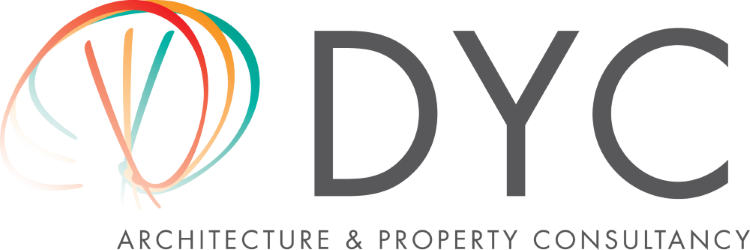Approach to Design
DYC is a design practice with diverse range of expertise and experience. Our portfolio ranges from the design of new buildings through to the remediation of existing buildings.
A deep understanding of past building failure and current building science informs all our design. It is our aim that this knowledge is core to our design solutions, resulting in building solutions that are both creative and robust.
Working with DYC
At DYC we view working with a client as a collaborative process to gain the best result. The following is a guide to how we work and how to prepare for the design process.
Share your dreams
You will come to the design process with dreams and aspirations that we hope that you will openly share with us. Having layout sketches or examples of other projects can be a useful starting point for the discussion but we find it can a better start by making a prioritized wish list of what you would like to achieve. This focuses on your wishes rather than the form of a suggested layout.
Open your mind to possibilities
You will have probably started collecting your ideas for the project through your experiences with your house, other buildings you know and through the media. You will no doubt already have a vision of the final project.
To get the most out of your collaboration with your designer it is best to be open to possibilities that you may not have considered. While you of course will have the final say on the design there is vast wealth of knowledge and ideas that a design professional will offer. You will obtain the best result by being open to what can be offered in this collaboration.
The designer must consider a wide range of issues before even starting the design. This can include (to name only a few):
- The site – sun, wind and other specific local conditions
- The surrounding environment and property values
- Council constraints
- The Building Code
- Suitable structural systems
- Durability
- Construction costs
- Future users
- Re sale value
- Sustainability
- Design for users of varied needs
All of these factors must be considered by the designer in order propose a solution that is achievable.
In the process of creating a concept design the professional designer has a responsibility to meet your brief but also to show to you the best option/s for the project which will likely include concepts that you will not have considered.
It’s good to remember that you have developed your design ideas and wish list over a long period of time. The design proposals also need a period reflection before making decisions.
The value of good design
Good design can add value in ways that you may not have considered. These may include:
- Increased resale value (architecturally houses generally have higher resale value)
- Efficient use of space (reducing construction costs)
- Making the most of the site, views and sun
- A more sustainable building (cheaper to operate and more comfortable to use)
- Better buildability
- Fully coordinated design (reducing delays and costs during construction)
- Better general wellbeing for the occupants
Technical knowledge
Professional designers must have wide range of technical knowledge. DYC Architecture is in the lucky position to be a sister company to Wellington Building Services. This has given us the opportunity to be involved in remediation design of leaky buildings and have close working relationship with the builders during construction. Our design is informed by the detailed knowledge of past building failures and what is required in the design of high-quality weathertight buildings.
